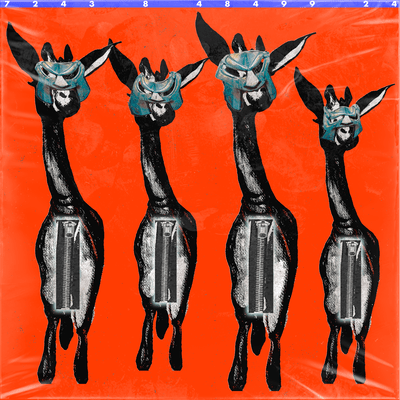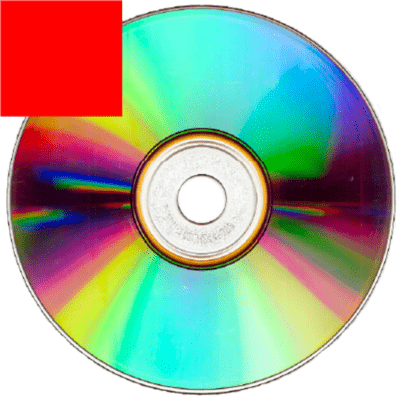

金髪のビッチの
日記を読むだけで
時間を潰せる
金髪のビッチの
日記を読むだけで
「ファッキンタイガー。
ファッキンタイガー。
ファッキンタイガー。
赤いポルシェが走って私はブルーでした」
金髪のビッチの
日記を読むだけで
遊んで暮らせる
金髪のビッチの
日記を読むだけで
「ファッキンタイガー。
ファッキンタイガー。
ファッキンタイガー。
太陽がピカっと光って私はブルーでした。」
金髪のビッチの日記を読むだけで
時間を潰せる
金髪のビッチの日記を読むだけで
「ファッキンタイガー。
ファッキンタイガー。
ファッキンタイガー。
黒い犬が早く走って私はブルーでした。」
金髪のビッチの
日記を読むだけで
#$!
金髪のビッチの
日記を読むだけで
遊んで暮らせる
金髪のビッチの日記を読むだけで
ファッキンタイガー。
ファッキンタイガー。
ファッキンタイガー。
金髪のビッチの
日記を読むだけで
遊んで暮らせる
金髪のビッチの日記を読むだけで
ファッキンタイガー。
ファッキンタイガー。
ファッキンタイガー。
赤いビッチが金髪のポルシェに乗って
太陽が青い
- Lyricist
Takemaro Yokoyama
- Composer
Takemaro Yokoyama
- Mixing Engineer
Takemaro Yokoyama, Don Nafe
- Mastering Engineer
Dave Cooley
- Drums
Umi Ogimi
- Vocals
Takemaro Yokoyama
- Percussion
Gen Ogimi

Listen to CQCQ by DOGO
Streaming / Download
- ⚫︎
CQCQ
DOGO
E - 2
Back to the Future!
DOGO
- 3
Boom
DOGO
- 4
F1
DOGO
- 5
Sister Ray
DOGO
- 6
T-REX
DOGO
- 7
14
DOGO
- 8
Flamingo
DOGO
- 9
Fucking Tiger
DOGO
- 10
Simple
DOGO
This is the "debut" full-studio album by DOGO, a Tokyo-based rock band that gained attention for their performance on the Rookie A Go-Go stage at FUJI ROCK FESTIVAL 2025 and for their REIMEI SESSION audiovisual release.
In this work, frontman Takemaro Yokoyama's current songwriting ability blossoms into something that can be described as minimal outsider music or noise rock. Below are his self-written liner notes.
"The Graffiti Market" is a one-panel comic I invented:
A piece of graffiti someone scribbled on a wall is unearthed 100 years later and ends up being analyzed and traded for high prices in major city galleries.
The "graffiti" here refers to quick sketches or scrawls made simply to prove existence. They go unnoticed at the time they're made-but I believe they will inevitably gain meaning someday. That belief is what drove me to create these songs without overthinking.
Musical Concept:
1. Minimal Outsider
2. Music that can be performed by a band
1. Minimal Outsider
I followed my intuition on the day of recording. I wrote songs using just a notebook and pen, based on broad outlines and rough images of instrument arrangements. The specific phrases, lengths, and time signatures were decided on the spot, according to the mood of the day.
I'm tired of typical outsider art. So, I edited the recordings aggressively-cutting out parts I didn't like, looping the ones I did.
Multitrack recording was essential for this process (so I could loop phrases by instrument). That's why I didn't use any single-take sessions; instead, I recorded everything through layered takes at Studio NOAH.
2. Music Performable by a Band
Being a band is, in a way, a big constraint-and that's what made creating these songs so much fun.
The original core was four elements: drums, bass, guitar, and voice.
To this, I added another "part": a boy with zero musical ability.
All the programmed bongos, the 2-second guitar lick that only plays in the left channel, the heavily processed chorus vocals-those all fall under that "boy" part.
I brought in a band member specifically to be in charge of everything except drums, bass, guitar, and voice.
That "+1" allowed me to justify these additional elements as part of the band itself.
Artist Profile
DOGO
DOGO is a post punk band formed in 2024, Tokyo Japan, named from a sound of beating in Mangas. 1st Demo tape TV, Dramatic has drawn Tokyo Undergrounds attention immediately after its release.
DOGOの他のリリース







